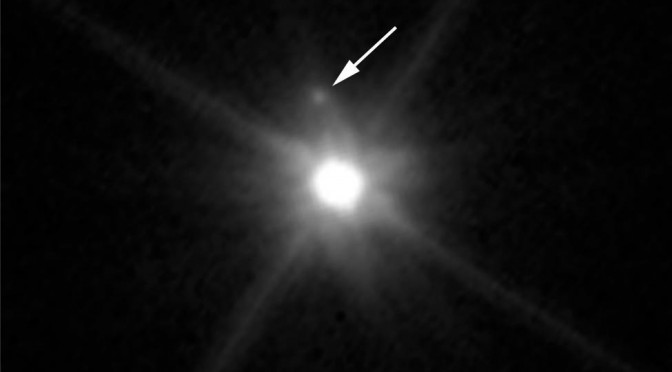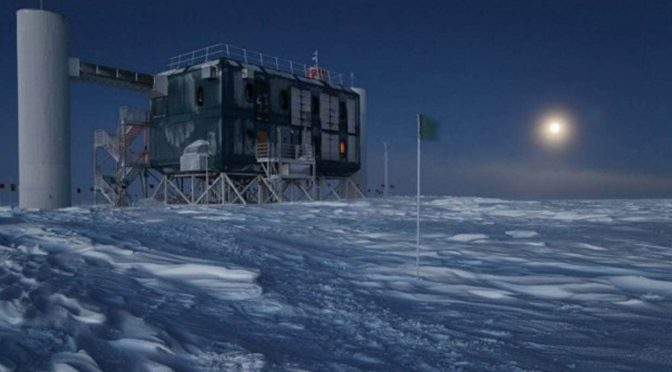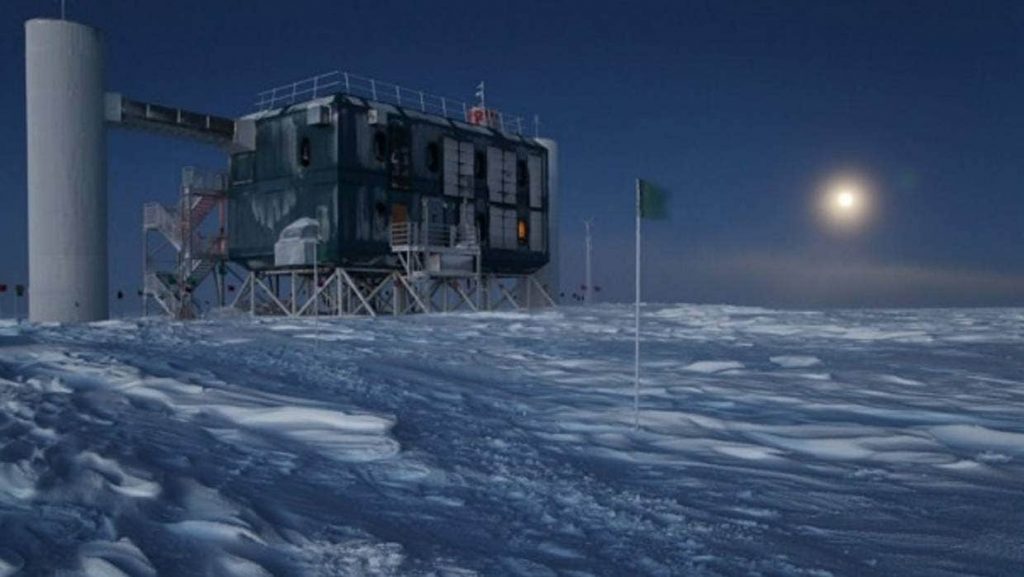The dwarf planet Makemake (pronounced Mah-kay Mah-kay), in the Kuiper Belt, has been shown by the Hubble Space Telescope to possess a moon.
Continue reading


The dwarf planet Makemake (pronounced Mah-kay Mah-kay), in the Kuiper Belt, has been shown by the Hubble Space Telescope to possess a moon.
Continue reading


The IceCube neutrino telescope in Antarctica, the Fermi gamma ray telescope in low earth orbit and an array of radio telescopes across the Southern Hemisphere, have been used collaboratively to pinpoint a neutrino source in deep space for the first time.
Continue reading